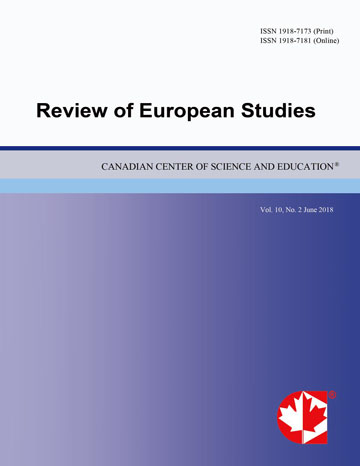Effect of Training, Compensation and Work Discipline against Employee Job Performance (Studies in the Office of PT. PLN (Persero) Service Area and Network Malang)
- Ilham Thaief
- Aris Baharuddin
- Priyono -
- Mohamad Syafi’i Idrus
Abstract
The purpose of this study is to describe the training variable and to know the simultaneous and partial effects from the variables of training, compensation and work discipline toward the employee work performance of PT PLN (Persero) Malang Service and Network Area.
This research is an explanatory research or explanation study, which explain the causal relationship among the variables through the testing of hypotheses. This research is held in the office of PT PLN (Persero) Malang Service and Network Area. The sample in this research is 44 respondents. The independent variables are: Training (X1), Compensation (X2) and Work Discipline (X3). The dependent variable is Employee Work Performance (Y). Multiple linear regression analysis is used as the statistical method.
Based on the descriptive analysis on this research result, it can be conclude that the training followed by the employees is assessed on its target especially for the content of the material and optimal time duration. Compensation is rated in good level, especially on the salaries and complementary compensation. While for the facility element consists of vehicle and residence needs to be improved.
Employee work performance is also very positively responded in its three elements such as punctuality, work quality and work quantity. The training, compensation and work discipline simultaneously and partially have significant effects toward the employee work performance in PT. PLN (Persero) Malang Service and Network Area. The whole effects of the independent variables have a positive direction. The largest contribution comes from the training variable.
- Full Text:
 PDF
PDF
- DOI:10.5539/res.v7n11p23
Index
- ACNP
- CNKI Scholar
- DTU Library
- Elektronische Zeitschriftenbibliothek (EZB)
- EuroPub Database
- Excellence in Research for Australia (ERA)
- Genamics JournalSeek
- Google Scholar
- Harvard Library
- HeinOnline
- Infotrieve
- JournalTOCs
- Mir@bel
- Open policy finder
- RePEc
- ResearchGate
- ROAD
- Scilit
- Technische Informationsbibliothek (TIB)
- The Keepers Registry
- Universe Digital Library
- WorldCat
Contact
- Paige DouEditorial Assistant
- res@ccsenet.org
